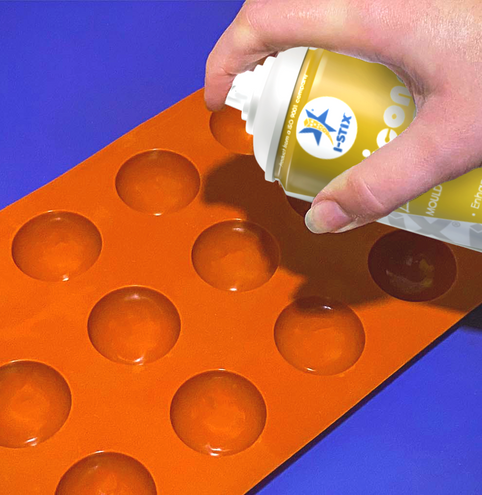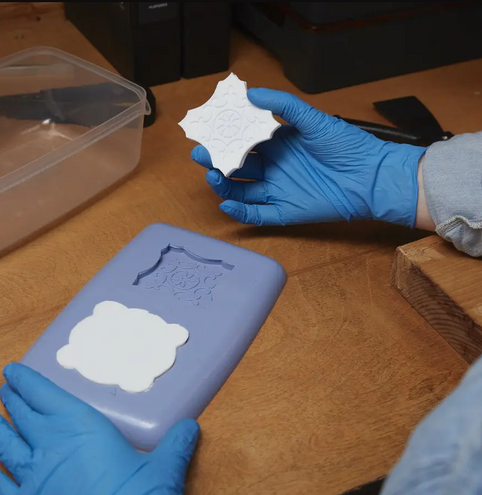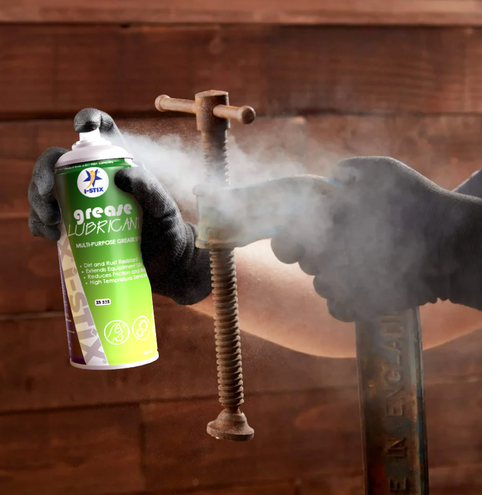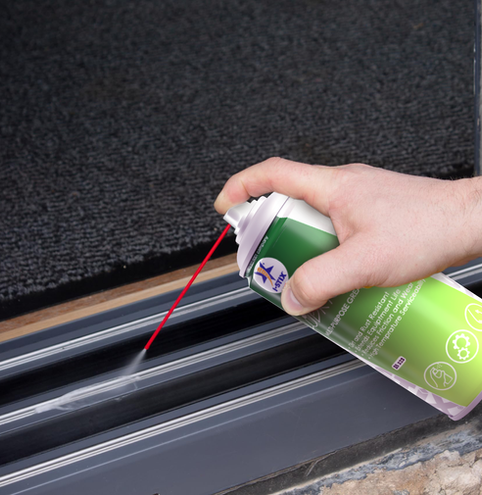INSTABIZ SOLUTIONS
Lubricant
Sprays
X
The selection of i-STIX lubricant sprays manufactured by ISIPL are not only of the highest quality, but are also available in a variety of options to ensure you find exactly what you’re looking for. With top of the line materials, cutting-edge production technologies and a highly qualified team, we guarantee complete satisfaction.
Check out our list of lubricant sprays below...
IS 321
Anti Rust Lubricant provides superior lubrication and long term rust prevention to all metals subjected to rust and withstands 350 hours of salt corrosion. It protects tools and machinery and general equipment over long periods of downtime. Preserves engine blocks, pistons and components from atmospheric rusting. It is an excellent lubricant for extending the life of metal to metal sliding/rotating surfaces.
anti rust
LUBRICANT
IS 322
LUBRICANT
silicon
i-STIX Adhesive Spray is simply a low viscosity glue dispensed from an aerosol can. Spray glues can be used for bonding wood, metal, acrylic, foam, fabric, cardboard, leather, corkboard, glass, foil, rubber, and many plastics. Spray adhesives are repositionable, allowing for detailed placement, dry’s clear and won’t bleed through or cause wrinkling on paper applications.
grease
LUBRICANT
Spray Paint is acrylic-based aerosol paint, ideal for painting scratches and dents formed during mounting of metal tiles and other types of roofing. It is quick drying, smooth finish & high gloss. Also can be used for painting metal, wood, plastics stone and concrete, porcelain, leather, automotive and motorcycle equipment, etc. Protects against corrosion, weather and wear resistant.
























